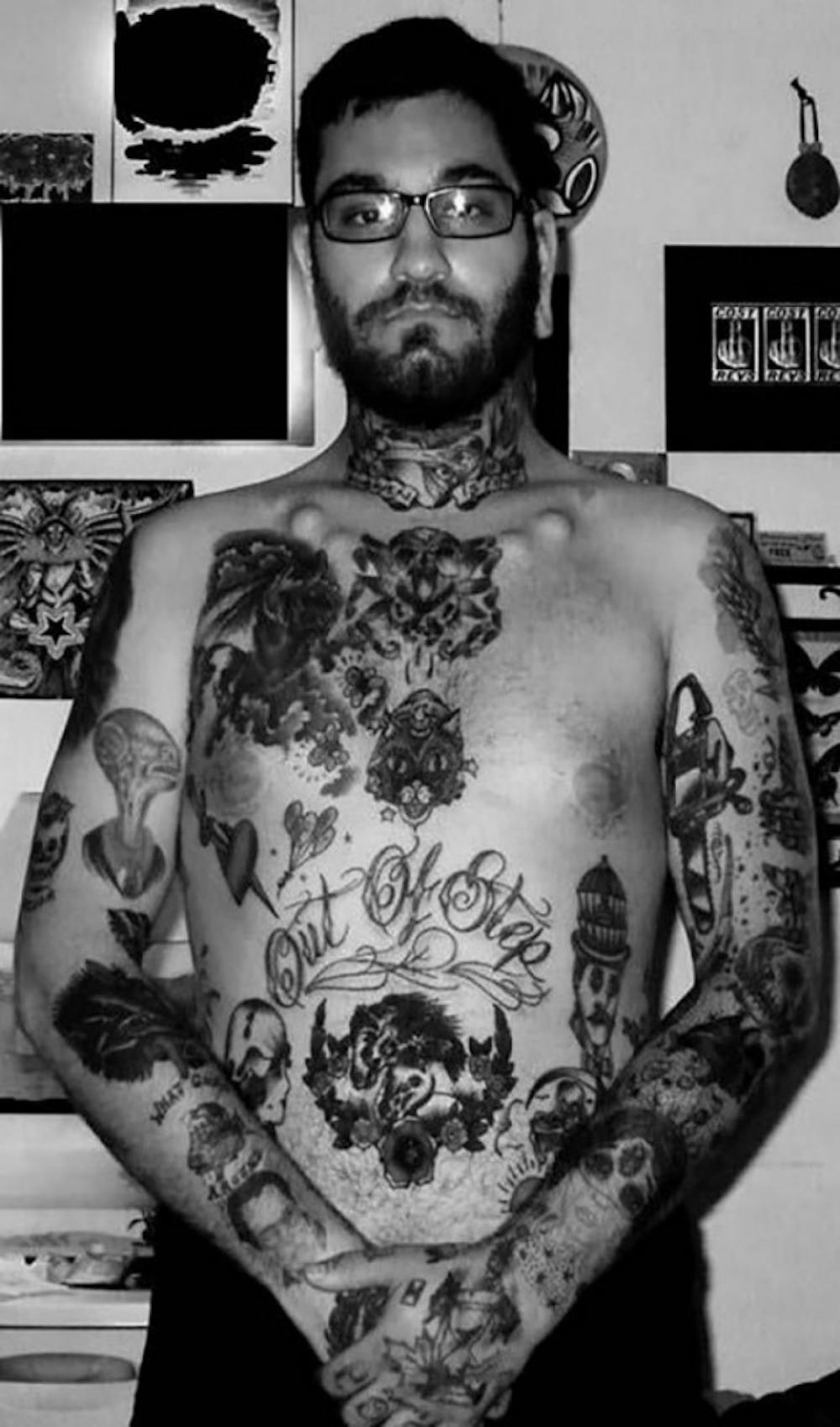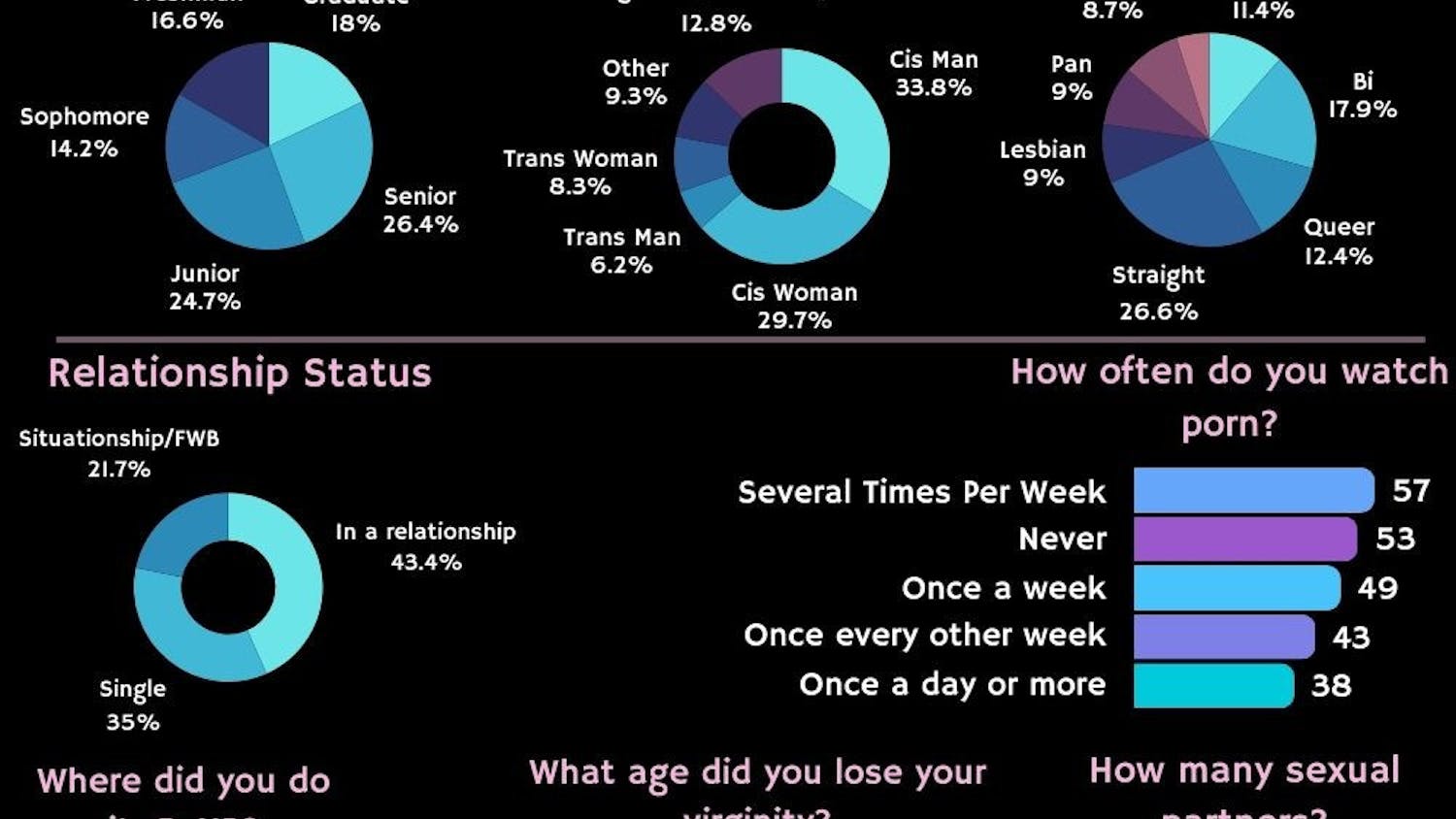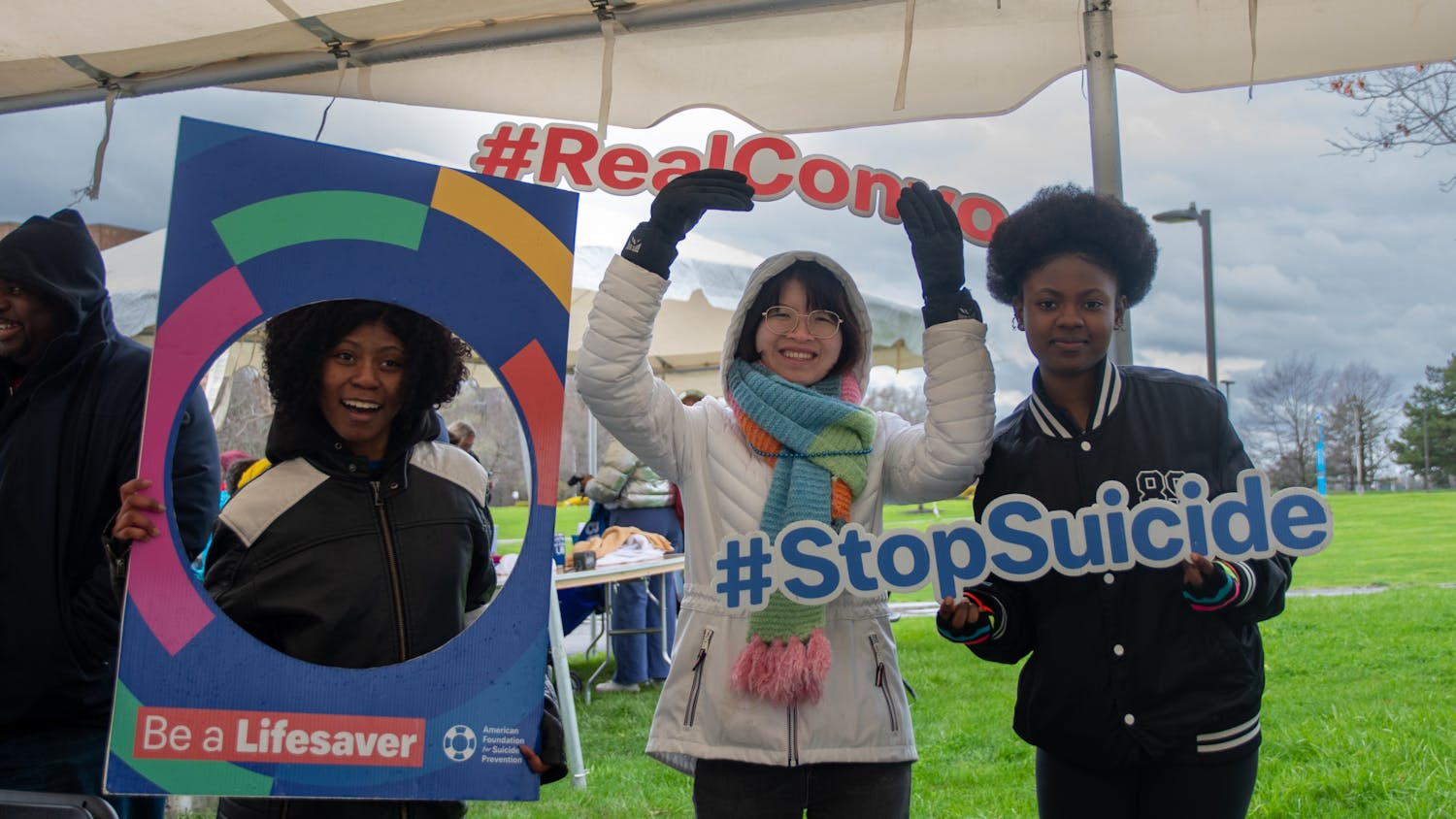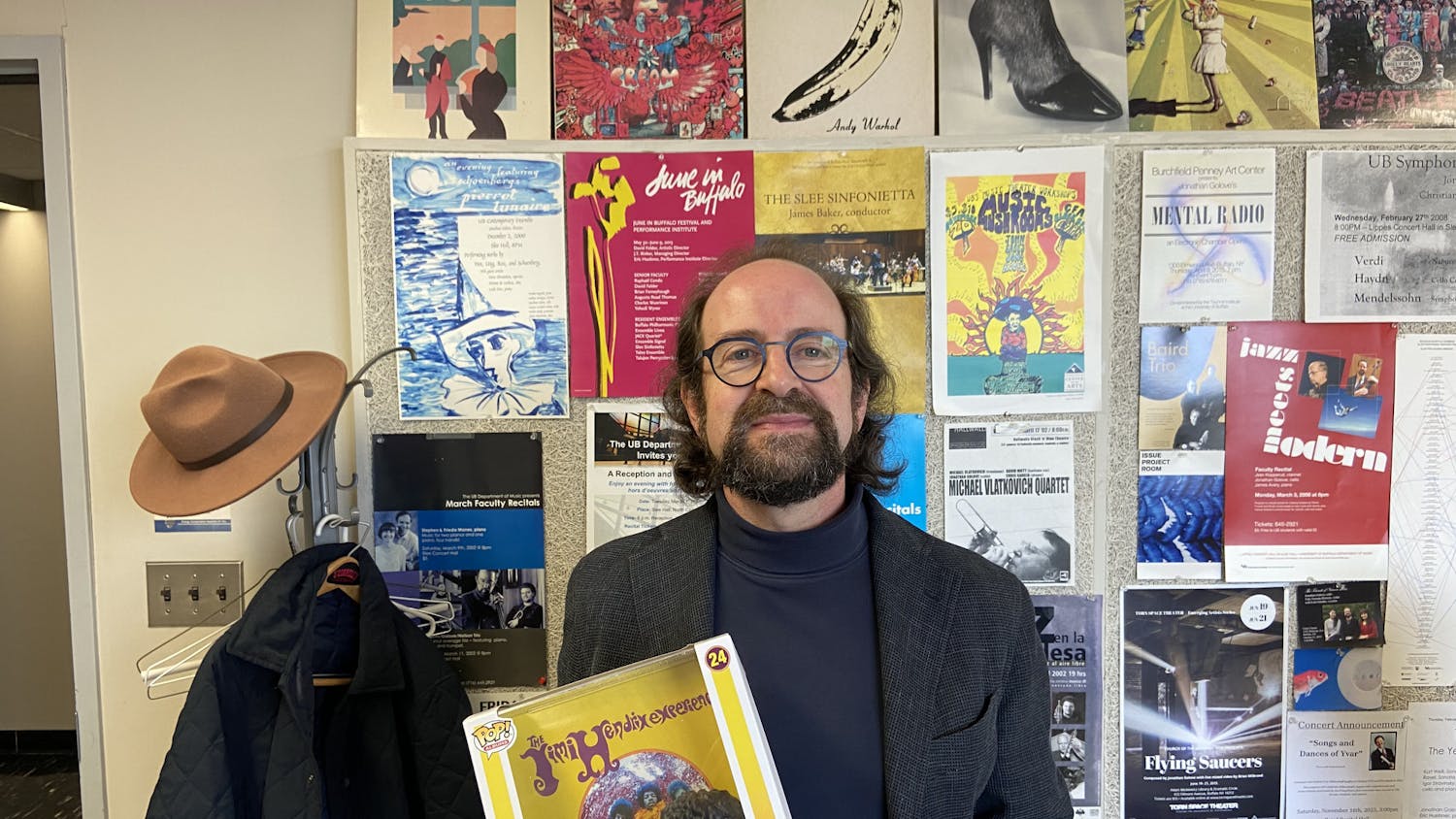A doctor approaches the corpse, scalpel in hand and removes a chunk of colored skin from the body. The skin is then frozen, put in formaldehyde and shipped to Europe. Then, it is dehydrated and injected with silicone to replace the fat – essentially, turning the skin into plastic.
Peter van der Helm, a Dutch tattoo artist, began the Foundation for the Art and Science of Tattooing in November 2013, according to NPR. The Foundation allows people to preserve their tattoos after death, and loan them to family and friends before they are potentially put on display at the Foundation.
Van der Helm has 50 to 60 people singed up to preserve their art, but those indviduals are still alive.
The ability for people to save their ink after death could become more common than one might expect. Approximately 40 percent of households in America in 2014 have at least one tattooed person, according to a NBC News/Wall Street Journal poll. Comparatively, in 1999 only 21 percent of households had at least one tattooed person.
The Spectrum reached out to people in the tattoo community to find out if they’d ever consider preserving their body art.

Seth Graham, tattoo artist at Holy Ground Tattoo in Cheektowaga
Graham has been tattooing for three years and has tattoos covering most of his body.
“I guess my whole reasoning behind which tattoos I would give to people and which ones I would take with me, I see if from a documentarian standpoint,” Graham said. “There’s work I have from tattooers I feel are significant in tattooing and will be dead before me, and when I’m dead, their body of work is going to die. It’s all disposable. It’s all on people.”

Darrell Delaney, a senior English major
Delaney has five tattoos, many of which took between 12 and 13 hours of sittings. He wouldn’t want to preserve his tattoos.
“My tattoos are mine."

Nima Vakili, a graduate architecture and digital media studies major
“It’s a piece of your skin on the wall. It’s like, ‘look at me, I’m on the wall.’ It’s too self-centered.”

Jordan Diggory, a junior musical theatre major
Diggory has a white tattoo of the words “did you ever wish you were someone else?” on his bicep. He plans to get two more in the near future.
“I would accept [a friend’s tattoo] graciously, but maybe not display it on my mantelpiece.”

Mike Dowd, a senior philosophy and psychology major
Many people might be put off by it because it’s “the thought of skin hanging from the wall, but maybe I’m wrong about that. Maybe people are fun and disturbing.”

Marty Gartz, a junior theater performance major
“It seems when it’s my time to go, it’s my time and I shouldn’t be kept on a shelf.”

Melissa Han, a senior nursing major
“I have a cross on my ring finger and a Bible verse across my shoulder blades. I feel like that would be a cooler idea for maybe the next generation, but I’m still kind of conservative, so I would want my skin intact. I don’t know anyone who would want my skin. If anything, they could get the same tattoo – take a picture of it, and then get it.”
email: features@ubspectrum.com





